Kites have fascinated people for centuries, soaring gracefully through the sky and bringing joy to those who fly them. But have you ever wondered why kites can fly? Let’s explore the science behind kite flying in a way that’s easy to understand.

The History of Kites
Kites have a rich history that dates back thousands of years. They are believed to have originated in China, where they were used for various purposes, including measuring distances, testing the wind, and even sending messages. Over time, kites spread to other parts of the world, becoming popular for recreation and even scientific experiments.

The Four Forces of Flight
To understand why kites fly, we need to learn about the four main forces that act on them:
- Lift: This is the upward force that pushes the kite into the sky. When wind moves over and under the kite’s surface, it creates pressure differences that generate lift.
- Weight (Gravity): This is the downward force that pulls the kite toward the Earth. The kite’s materials and structure determine its weight.
- Thrust: For kites, thrust comes from the tension in the string and the wind pushing against the kite. This force moves the kite forward.
- Drag: This is the air resistance that slows the kite down. The shape and surface of the kite affect the amount of drag it experiences.
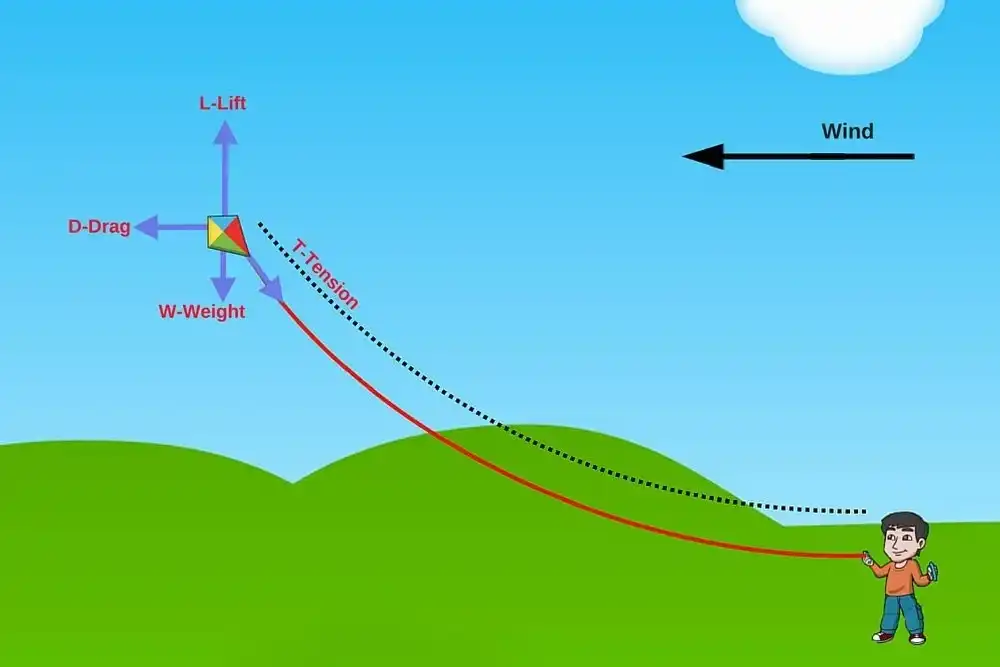
When these forces are balanced correctly, a kite can soar high and stay stable in the air.
How Kites Achieve Lift
Lift is crucial for a kite to fly. As the wind blows against the kite, it splits and moves over and under the kite’s surface. The air moving over the top travels faster, creating lower pressure, while the air underneath moves slower, creating higher pressure. This difference in pressure produces lift, allowing the kite to rise into the sky.
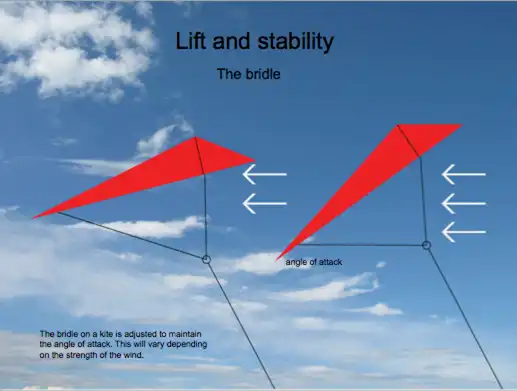
The Role of the Kite Flyer
As a kite flyer, you play an essential role in keeping the kite aloft. By adjusting the angle of the kite and controlling the tension in the string, you can manage the balance of forces acting on the kite. Running to launch the kite or pulling on the string can increase thrust, helping the kite gain altitude.
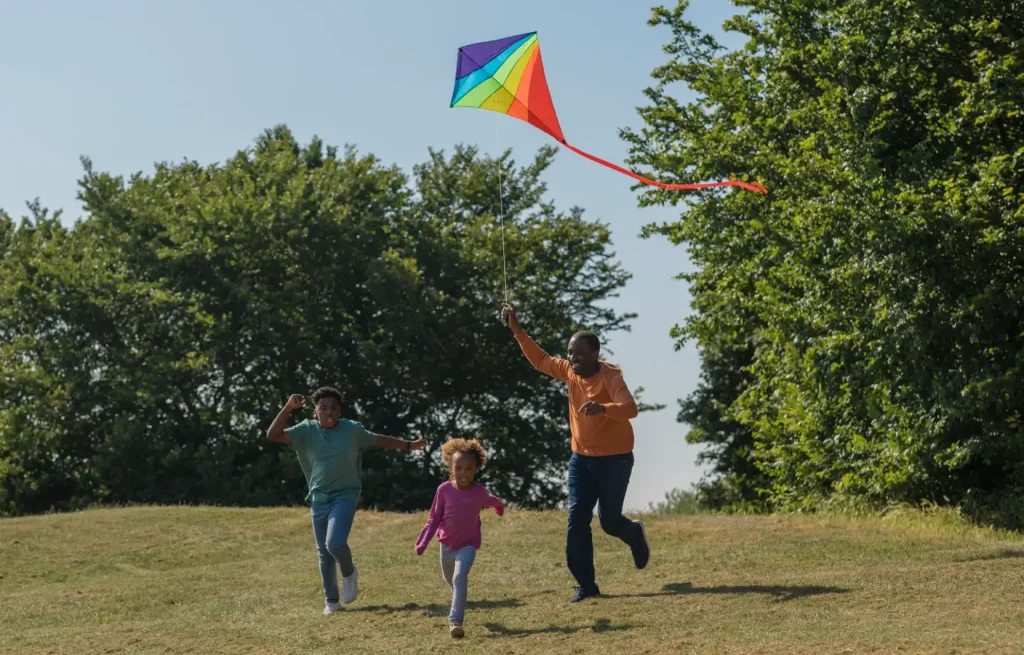
Choosing the Right Conditions
For a successful kite-flying experience, it’s important to choose the right conditions:
- Wind Speed: A steady breeze between 8 to 15 miles per hour is ideal for most kites. Too little wind won’t generate enough lift, while too much wind can make the kite difficult to control.

- Open Space: Fly your kite in a wide, open area free from trees, buildings, and power lines to avoid obstacles and ensure safety.

Safety Tips
Always prioritise safety when flying a kite:
- Stay Away from Power Lines: Kites and their strings can conduct electricity, so keep a safe distance from power lines.
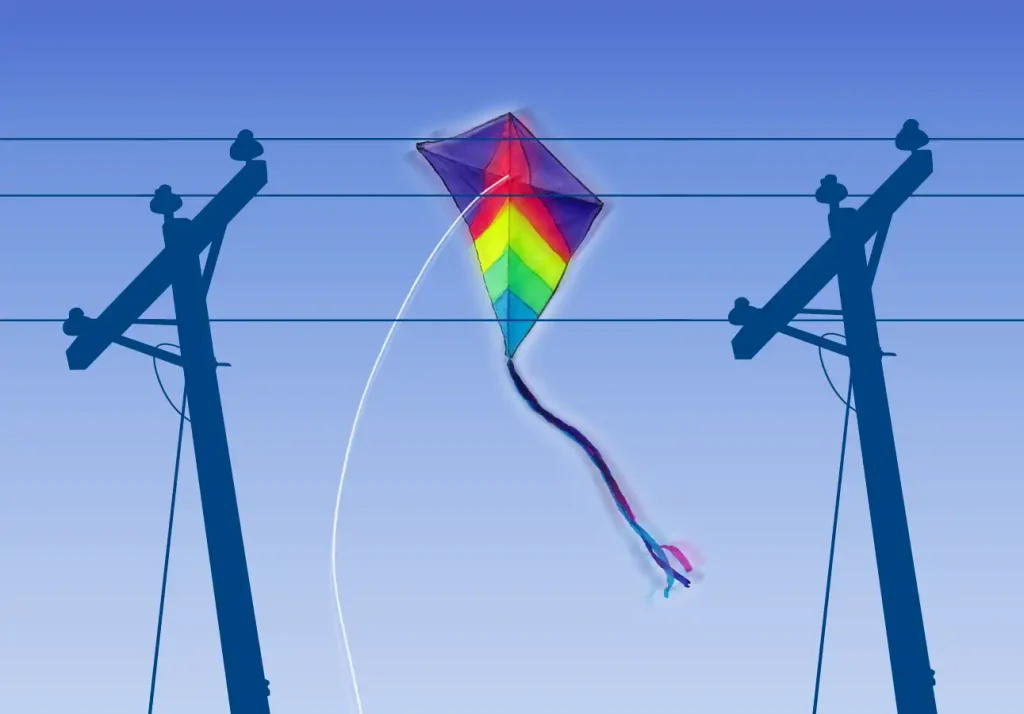
- Be Mindful of Weather: Avoid flying kites during storms or when lightning is present.

- Use Appropriate String: Some kite strings, especially those coated with glass or made of plastic, can be hazardous. In some regions, such as Gujarat, India, kite flying during festivals has led to injuries due to sharp strings. Always use safe, appropriate materials for your kite string.

Conclusion
Understanding the science behind kite flying enhances the enjoyment of this timeless activity. By learning about the forces at play and choosing the right conditions, you can master the art of kite flying and experience the joy of seeing your kite dance in the sky.
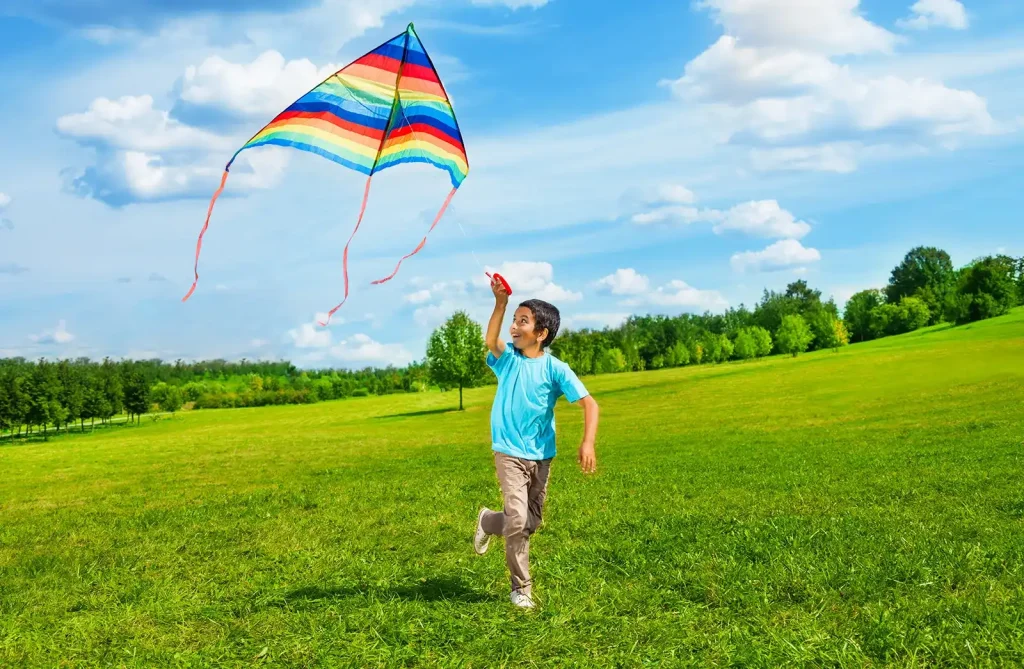
For more interesting articles, please visit www.kidzherald.com





